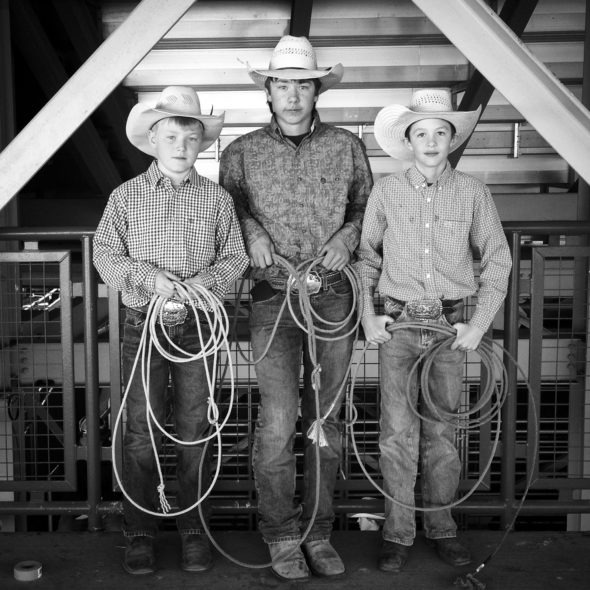

Nola Queahpama, Warm Springs


Nola Queahpama, Warm Springs
Dignity Period will be hosting their annual gala on April 30 at the Missouri Botanical Garden, where they will auction ten of my prints from Ethiopia.
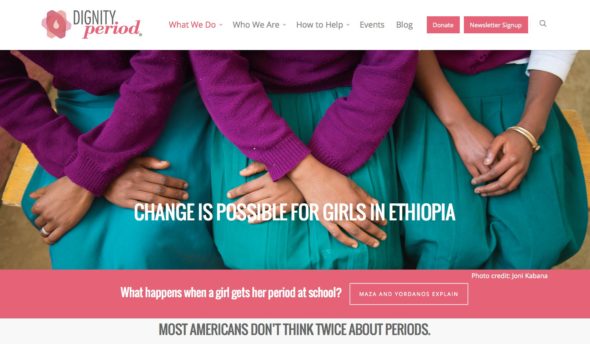
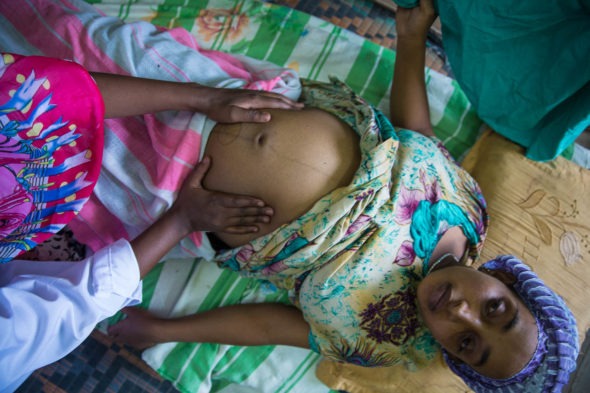
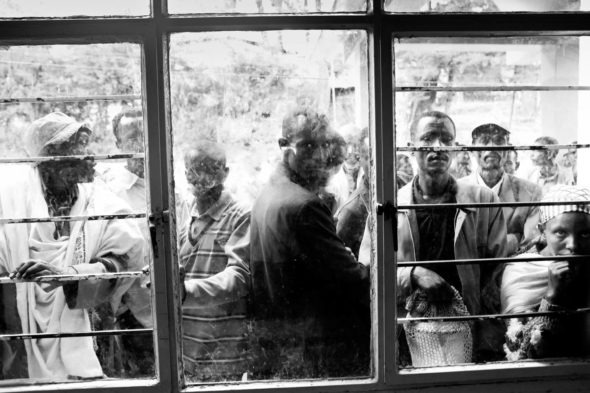
I used my new Sony camera and am astounded at the detail it captures. I love how small it is, which makes it less obtrusive.
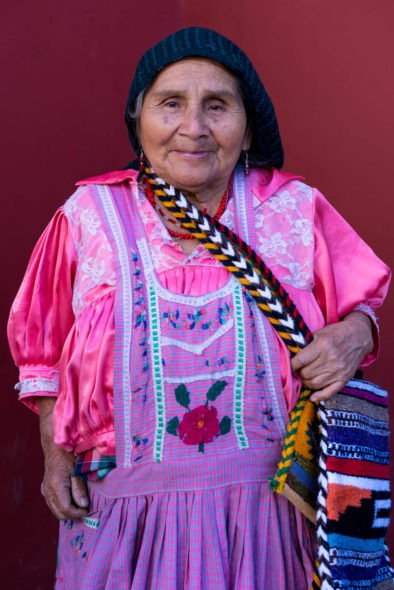
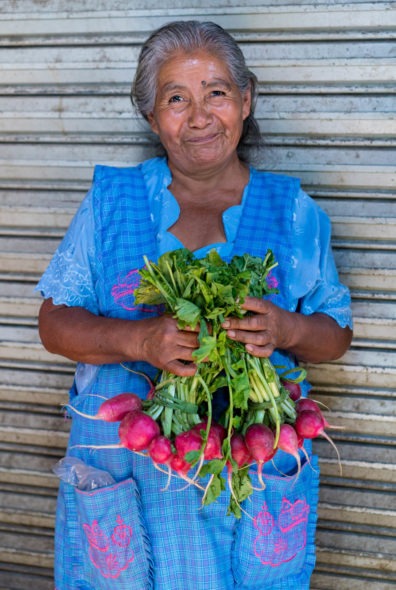
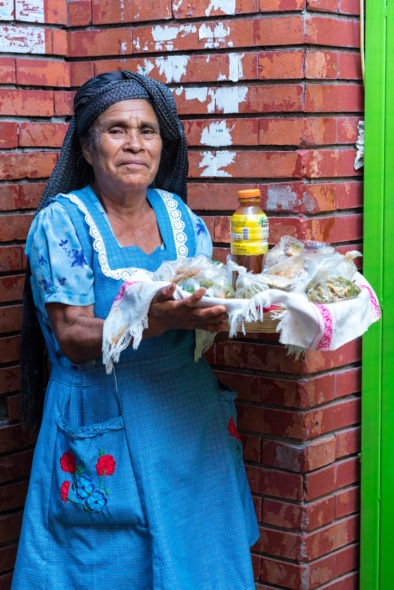
When I attended Ohio University, I wanted to be a Photojournalism major but my father did not permit it for various reasons. Having them initiate this discussion and sanction my work is a long held wish come true.
Listen to the interview here.
“Yes!” I reply, and go on to tell her about the amazing homesteaders who made the soap and also live in the same valley as I do near Spray, Oregon.
“Well, we must learn how to do this. And very soon!” she exclaims, her voice brimming over with excitement.
And thus started the path of connecting goat milk soap-making in Oregon to a small village in Uganda.
This December, a small team will travel to Uganda to bring goat milk soap-making, inspired by Oregon homesteaders, to the small village of Soroti. Women who are survivors of fistula, many who have been shunned by their villages, must now learn small business skills in order to make a living and support themselves.
Already these women have learned sewing, bread and jewelry-making through the reintegration program coordinated by Terrewode, a local Ugandan organization. Its founder, Alice Emasu, grew up in the remote area her organization serves, studied at Washington University in the United States, and returned home to provide services for woman whose child birth injuries have been treated by a local surgeon.
Now these survivors will be able to add soap-making to their skill set.
It is surprisingly difficult to find soap in Africa, and when it is found, it is usually harsh to the skin. Goat milk soap, made from locally found oils such as palm and shea, will be a welcomed commodity for many. We expect that the demand for this kind of soap will provide excellent income for the women when they sell it at markets. It will also increase hygiene levels since the soap will be attractive to use.
In addition, Terrewode will also purchase the soap from the women so that it can be sold on a wider level so the income can support the organization’s programs.
This project has struck a chord with several Oregonians, and the rally for these women is astonishing. Oregon State University has assigned engineering students to design easy-to-use supplies (and has received an International Development Innovation Network Grant for the project), the University of Oregon will be handling financial planning, designer Dardi Troen, and film-maker Zach Krahmer and I have signed on to assist with training, packaging and documenting the process for future growth considerations. Bonnie Ruder, founder of the Uganda Fistula Fund, received an Evans Family Fellowship grant to enable her to assist with implementation follow-up.
The first phase of the project will be a volunteer pilot run where we will work with local materials and iron out any process obstacles while relaying much needed data to the university engineers and financial advisers who are already working in this area of Uganda.
We cannot do this work alone, and we are seeking support for this pilot. Donations will assist with transportation and supplies, and can be sent through Uganda Fistula Fund, where 100% of your donation is tax deductible and will be directed toward this project. Please indicate “SOAP PROJECT” when you make your donation.
We also are planning a very fun fundraiser! Details are:
208 NW 3rd Avenue, Portland, OR
Friday, October 30, 2015
6-7:30pm (doors open at 5:30pm – come early to get a seat!)
Follow along with our trial run in December and January via my Facebook and Instagram updates. We appreciate all interest and support of this project!
Ugandan women learn how to sew at Terrewode Integration Center.
Soon, fistula survivors will be able to include goat milk soap with the goods they sell at market.
Many a day did I look at this lovely item and wonder how the photographer felt as s/he captured this image, and how Kurt felt at this time to be so sought after and his privacy so frequently invaded and tampered with. I loved that the image had been printed in Italy, on a fine piece of silk. I had visions of printing some of my own portraits on this same kind of silk and hanging them under the rafters of the Burnside Bridge next to my studio, creating a pop-up outdoor exhibit, with faces freely flowing here and there per the wind ’s whim.
Really? Do I need to keep this now? What if someone else loves Kurt Cobain’s image more than I do? I turned to my computer and posted an image of the treasure on Facebook and asked if anyone wanted it. The first person to respond was my friend Ankitt, a guide I met in India on a Mercy Corps donor trip when I first landed in New Delhi almost ten years ago. I instantly felt good about giving this to him and after asking for his address, I placed it in the post to him.
This action sparked a flow of what I am referring to simply as the “Give Away Project”. As my day moves along, if I see something that is valuable to me, but it is not getting the love or use or attention it deserves, why not post it to the friendship universe and see who would like it? For free. No expectations for anything in return.
This process has been incredibly joyful. I love to see the random surprise of who wants what. From professional camera gear to red hot high heels to leather postal bags, there goes pieces of me and I am thrilled to discover who will be the new recipient.
I have had numerous calls, messages and texts from concerned friends and family asking if I was ok. Some people thought I was planning to kill myself. Others thought I was moving to Africa full-time. Some knew exactly what I was doing right away and applauded the effort.
What does it truly mean to give something up? To grieve its loss, to know you might never see the item or person again? I often wonder why we hold on to things, and even more so to people: do we hold on more tightly when someone wants to grow? Does the act of holding on to things prevent us from growing? A wise Ethiopian friend of mine told me today that when just even a small amount of pain is present when giving, then we are truly giving. Most often we are simply discarding, rather than truly giving.
In Africa and other nations that are not focused on the constant acquisitions of goods, people can live happily with a few pieces of clothing, one pair of shoes, and a coat. They live in small spaces and focus more on gardens, kitchens, animals, caring for each other, building community, music and dance.
I cherish my time when I am visiting these countries, and often feel forlorn immediately upon returning home when I witness our thirst for the accumulation of goods. I miss the freedom to move about without continuous cleaning, organizing, and shuffling of things, and the necessity to own a house that can store all of these things.
So now I wish to see what will happen when I pass along items that are no longer of frequent use or an inspiration to me, but understandably might be to others.
I might be wrong, but I believe something will happen. With a lighter step and having less material goods, it just might be that I will be one of those faces flowing freely here and there per the wind’s whim.
The opening is August 8 – a great time to have some fun in Astoria!
This image was taken with my cellphone, and processed in the phone as well. The location is in Kimberly, Oregon, near the little grocery store.